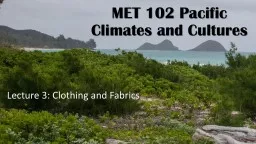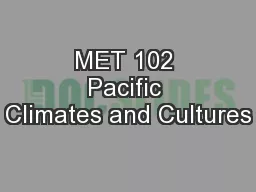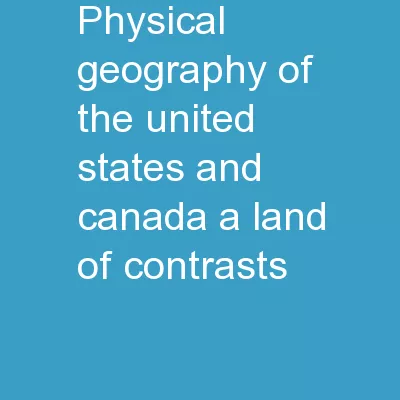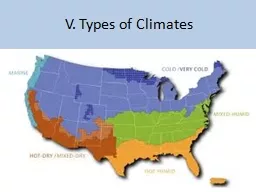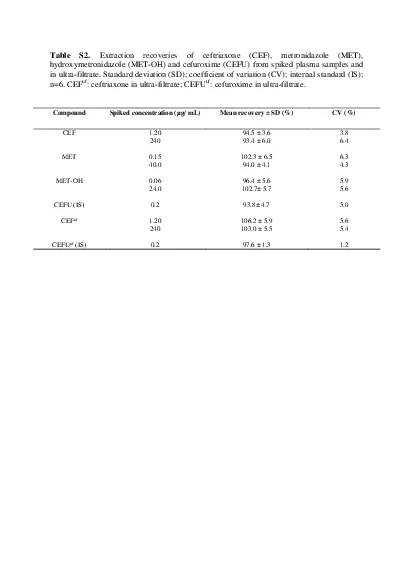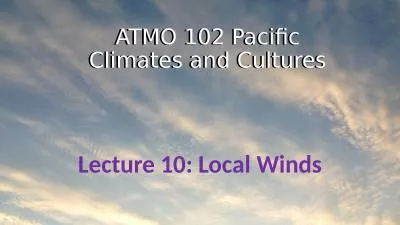PPT-MET 102 Pacific Climates and Cultures
Author : luanne-stotts | Published Date : 2015-11-23
Lecture 4 Other Controls of Temperature Clothing amp Fabrics Other Controls of Temperature Differential Heating of land and water Ocean Currents Altitude Geographic
Presentation Embed Code
Download Presentation
Download Presentation The PPT/PDF document "MET 102 Pacific Climates and Cultures" is the property of its rightful owner. Permission is granted to download and print the materials on this website for personal, non-commercial use only, and to display it on your personal computer provided you do not modify the materials and that you retain all copyright notices contained in the materials. By downloading content from our website, you accept the terms of this agreement.
MET 102 Pacific Climates and Cultures: Transcript
Download Rules Of Document
"MET 102 Pacific Climates and Cultures"The content belongs to its owner. You may download and print it for personal use, without modification, and keep all copyright notices. By downloading, you agree to these terms.
Related Documents

